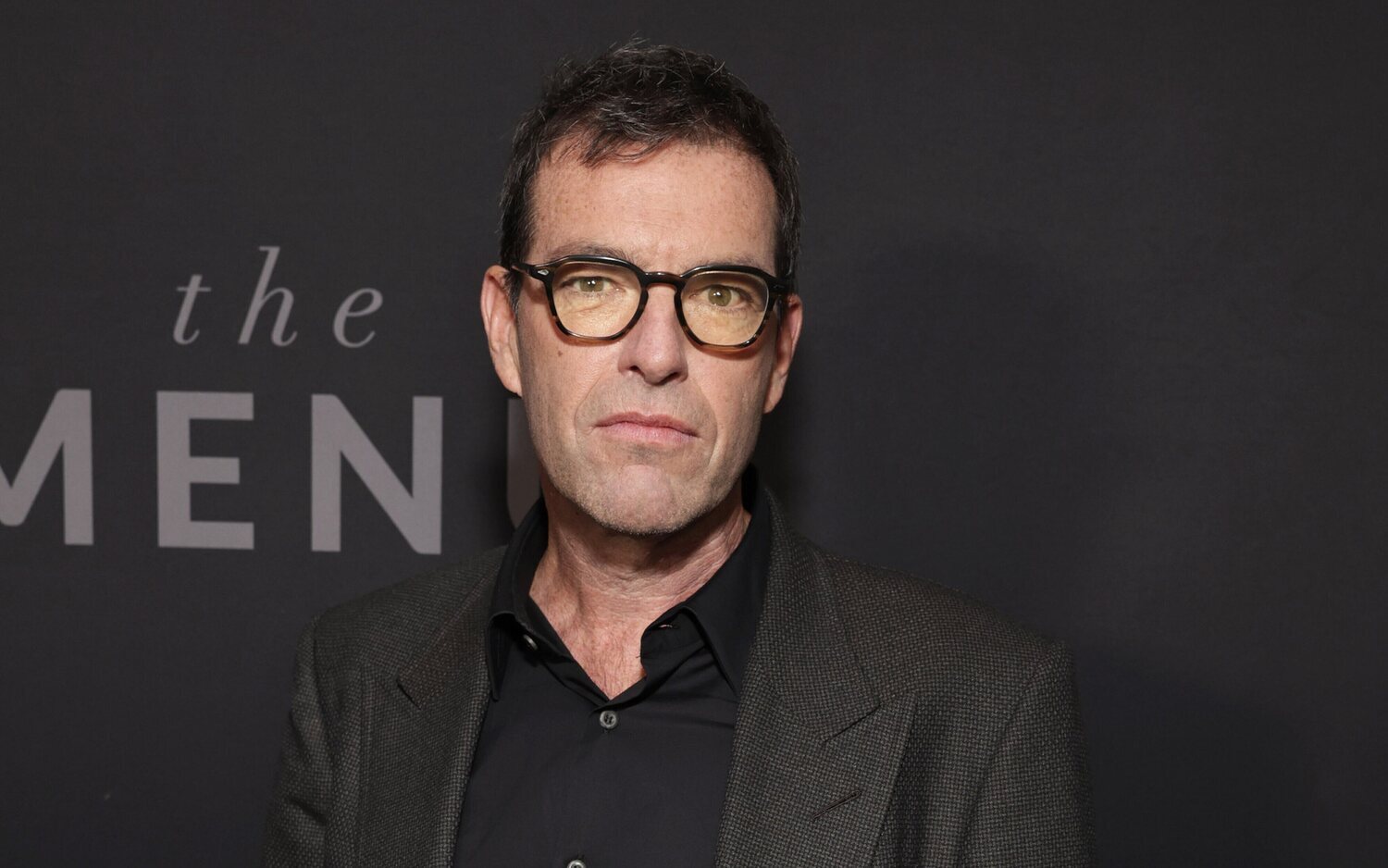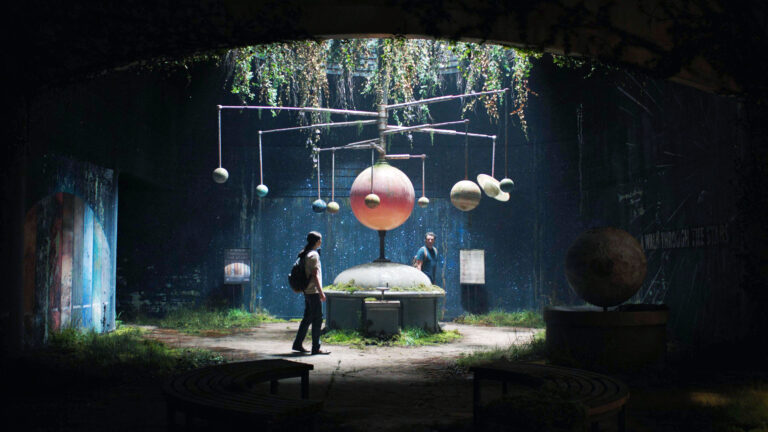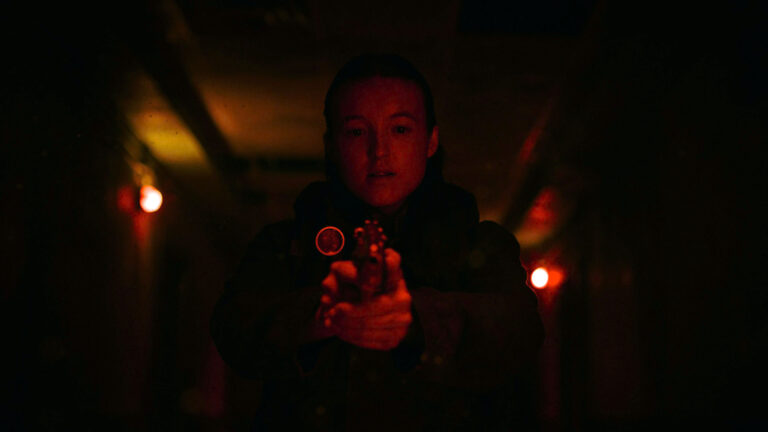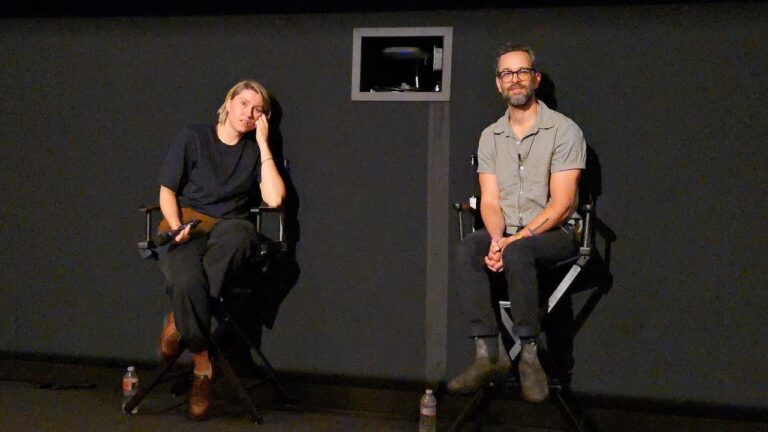HBO just can’t resist a mic-drop director. As Season 2 of The Last of Us unfolds, the showrunners tapped none other than Mark Mylod — a guy who’s no stranger to nerve-shredding tension or family carnage. You know him from Succession (cousin Greg’s chaos and the Roys’ dinner table death stares) and those sprawling Game of Thrones epics where weddings rarely ended well for anyone involved.
But now, Mylod marches his finely-honed directorial instincts straight into the cordyceps-infested wasteland of The Last of Us, taking the reins for the buzz-heavy episode “Through the Valley.” And folks, the results do not disappoint.
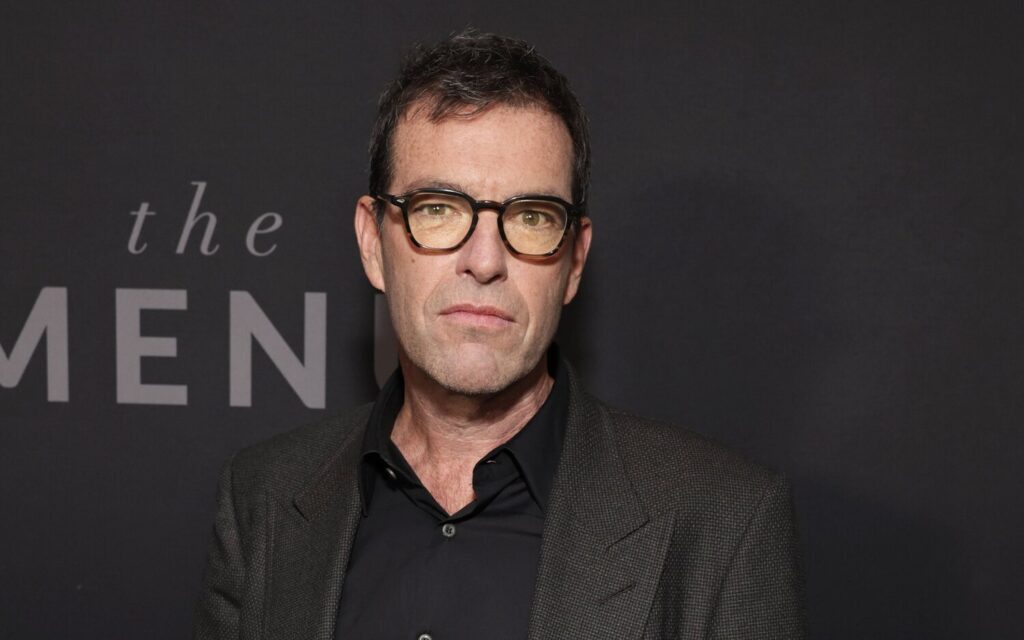
Mark Mylod’s TV Survival Kit: From Roys to Runners
Why bring in Mark Mylod for Season 2? Simple. He’s a certified tension architect. HBO knows this man directs like he’s guiding a bank heist. The stakes soar, characters crack, and yet, he keeps everything grounded in real, bruised humanity. On Succession, he not only crafted landmark episodes, he won the Emmy for Outstanding Directing with “Connor’s Wedding”—that’s the one where chaos steamrolls the Roy dynasty. Over on Game of Thrones, he helmed four episodes packed with spectacle and betrayal.
Mylod walks into The Last of Us Season 2 with tools sharpened by years among dragons and dysfunctional billionaires. So, when you pair his grim elegance with a world overrun by clickers, sparks fly. And that’s exactly what happens in “Through the Valley.”
Decoding “Through the Valley”—Death, Loss, and So Much More
Let’s get right to it. “Through the Valley” isn’t just another mid-season detour; it’s the moment the series drops its gloves and throws the punch everyone saw coming — and dreaded. This episode features Joel’s death, a storyline straight from the original game’s sequel. Everybody in the fandom wondered: Would HBO go there? Would this sequence land? With Mylod at the helm, it lands like a freight train.
Interestingly, Mylod doesn’t go full gore. He told outlets like GeekTyrant that he wanted to avoid overt torture. His words? “I don’t have much interest in showing violence itself… But what motivated Abby to a place where she was doling such extraordinary violence – that is endlessly fascinating.” So instead of dwelling on trauma porn, he fixes the camera on the heartbreak, the rage, the knuckles-gripped agony. He teases out what boils beneath Abby’s violence, letting her motives bleed into the story like slow poison.
And yet, that doesn’t mean he gives the action short shrift. Far from it. There’s a harrowing siege on Jackson, Wyoming. The infected horde stampedes, bringing chaos and terror front and center. Mylod’s skill set shines here too. Every shadow feels dangerous. Every scream rings out with desperate realism. He orchestrates the carnage with a maestro’s bravado, but he doesn’t let the human moments drown. You see Ellie’s heartbreak, you hear the loss in every breath.
Turning Actors into Raw Nerves
If you’ve seen even a single episode of Succession, you know Mylod turns up the heat on actors like a barbecue host with a vendetta. But in The Last of Us, he brings this knack for wringing out agony, rage, and everything in between to a post-apocalyptic landscape. Bella Ramsey (Ellie) carries the second season like she was born for it. Still, it’s not all instinct — Mylod nudges, prods, and goads. And what comes out? Scenes so raw you almost want to look away.
Mylod confessed to feeling obliterated by Ramsey’s performance in Joel’s death sequence. “Bella took it to a level where I was just destroyed… It’s kind of difficult in the room to disassociate from that and think ‘it’s just acting’ because it was transcending that,” he told GeekTyrant. This is director-actor alchemy at its peak. He puts actors in the eye of the storm and lets them find the heart of the moment.
- Bella Ramsey’s devastation is painfully real.
- The ensemble cast brings every grunt and gasp like they mean it.
- Action doesn’t overshadow the emotional core — it turbocharges it.

Directing Chaos with Precision
Transitioning from palace intrigue (Succession) and medieval carnage (Game of Thrones) to the fungal apocalypse isn’t exactly a straight-line journey, but Mylod makes it look seamless. You can spot his style as soon as the infected swarm hits Jackson. Here’s why: instead of drowning the viewer in CGI overload, he leans on practical stunts and user-centric camera angles. That means you, the viewer, are right there — shoulder-to-shoulder with runners, claws scraping walls, panic on every face.
ScreenRealm spilled some behind-the-scenes tea. Those attack scenes? Carefully choreographed chaos. Stunt performers rehearsed for weeks. Visual effects added the finishing blow, but Mylod’s storytelling binds the action with emotional consequence. The result? Every scare lands. Every death hurts. So the show never loses its core: people struggling, surviving, and sometimes crumbling when it matters most.
What Makes Mylod’s Direction Stand Out Here?
This might sound wild, but Mylod’s restraint feels as electric as his action. He knows when to push and when to pull back. He’s not interested in just showing suffering. He wants you to squirm because you care about these characters. In both Succession and The Last of Us, he builds dread in the quiet moments. Sometimes, a wordless stare is more terrifying than a brutal beatdown.
Let’s break it down:
- Mylod prizes motivation over mindless brutality.
- He frames violence as a symptom, not just a spectacle.
- Actor performances take precedence.
- Every set-piece feels unpredictable yet inevitable.
And because of this, fans and critics alike have noticed. Variety and other major outlets agree — this isn’t just another episode. It’s a linchpin, driving emotional stakes sky-high. Social buzz on Reddit and Twitter erupts after Mylod’s episodes. Viewers dissect every look, every scream, every decision.
Will Mylod’s Legacy Change The Last of Us?
This question stokes a lot of fire online. People now wonder: Will other directors follow Mylod’s lead in future episodes? Should we expect the rest of Season 2 (or even Season 3) to double-down on the emotional intensity and artistic restraint? The safe bet? Yes, please. Because after “Through the Valley,” nobody wants a lazy shot or phoned-in dialogue.
And let’s not forget, his taste for character-driven carnage fits the DNA of The Last of Us like an old, worn leather jacket. Season 2, riding the high of Mylod’s direction, is bolder. It’s unafraid to break hearts or show the worst in people, and sometimes the best too. In a world crawling with monsters, that’s the only way the show can keep feeling real.
Time to Stare into the Void
With Mark Mylod at the helm, The Last of Us doesn’t just survive the sophomore slump — it thrives. His touch means emotional crescendos hit harder, action thrills shiver the spine, and the quiet spaces between the chaos carry unbearable weight. Whether it’s the camera’s gaze lingering on Ellie’s grief or the perfect timing of an infected ambush, Mylod delivers both punch and poetry.
So, as the dust settles on “Through the Valley,” one thing stands out clearly: sometimes the right director at the right moment redefines what a TV show can do. Season 2 just raised the bar. And honestly? We’re all better off for it. Got your tissues handy? Good. You’re gonna need them.

